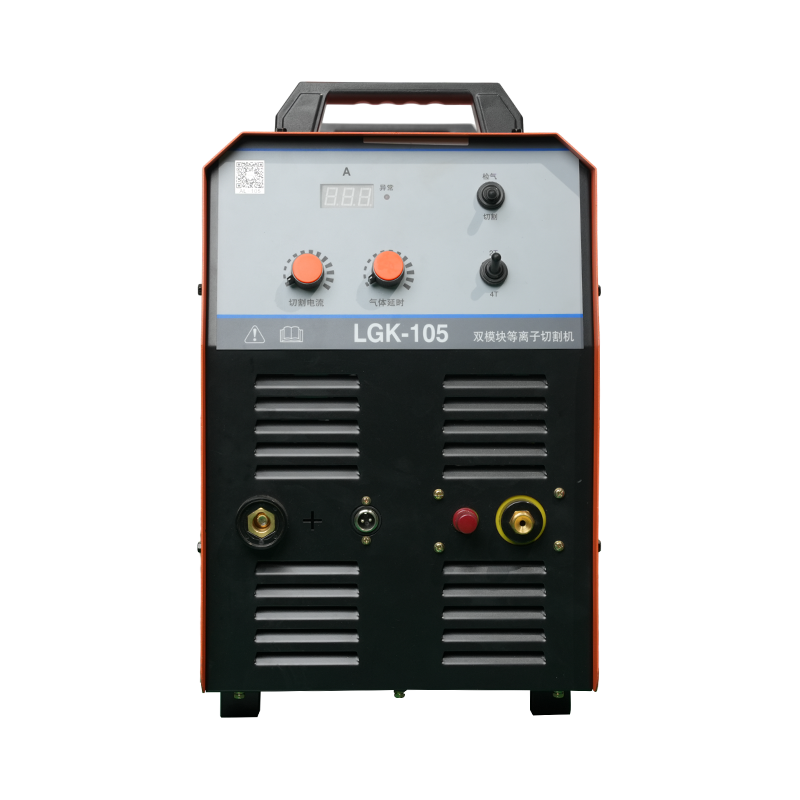NBC-315S/NBC-350S 380V 350A IGBT Inverter Portable welder 2T/4T MIG/MAG/MMA(GMAW/SMAW)
Cat:Gas shielded welding machine
1、The welding machine is small and can be connected to a wire feeder. ...
See DetailsMaintaining the cooling system of plasma cutting and welding machines is crucial for ensuring optimal performance, safety, and longevity of the equipment.
The cooling system plays a vital role in regulating the temperature of the machine during operation. Plasma cutting and welding generate significant heat, which can cause overheating. An effective cooling system helps maintain appropriate operating temperatures, preventing damage to internal components and ensuring consistent performance.
Excessive heat can lead to severe damage, including warping or failure of critical components like the torch, electrodes, and other electronic parts. By keeping temperatures in check, the cooling system helps avoid costly repairs and replacements, ultimately extending the life of the machine.
Temperature fluctuations can negatively impact the quality of cuts and welds. A well-maintained cooling system ensures stable operating conditions, which is essential for achieving precise cuts and strong welds. Maintaining optimal temperatures allows for better control over the plasma arc, resulting in improved surface finish and reduced defects.
An efficient cooling system helps the machine operate at peak efficiency. When components are kept at the right temperature, they perform better and require less energy. This efficiency can lead to lower operational costs and increased productivity, as the machine can run longer without interruption.

Overheating poses safety risks not only to the machine but also to the operator. High temperatures can lead to equipment malfunctions or even fires. Regular maintenance of the cooling system mitigates these risks, ensuring that the equipment operates safely and that operators are protected from potential hazards.
The cooling system relies on specific fluids (water or coolant) to function effectively. Regular maintenance includes checking fluid levels, ensuring there are no leaks, and replacing fluids when necessary. Contaminated or low coolant levels can severely compromise the system's ability to cool effectively, leading to overheating.
Routine maintenance of the cooling system includes cleaning and inspecting components like radiators, hoses, and fans. Dust and debris can obstruct airflow and reduce cooling efficiency. By keeping these components clean and well-maintained, the system can operate optimally, enhancing the overall performance of the cutting and welding processes.
Maintaining the cooling system provides valuable insights into the overall health of the plasma cutting and welding machine. Any irregularities in temperature or cooling efficiency can signal underlying issues. Regular monitoring allows for early detection and correction of problems before they escalate, ensuring smooth operation.
The cooling system is integral to the daily maintenance of plasma cutting and welding machines. It regulates temperature, prevents equipment damage, enhances cutting and welding quality, improves operational efficiency, and ensures safety. Regular maintenance of the cooling system not only prolongs the machine’s lifespan but also optimizes its performance, making it essential for successful operations in demanding industrial environments. By prioritizing cooling system maintenance, operators can achieve better results while minimizing downtime and repair costs.
Contact Us